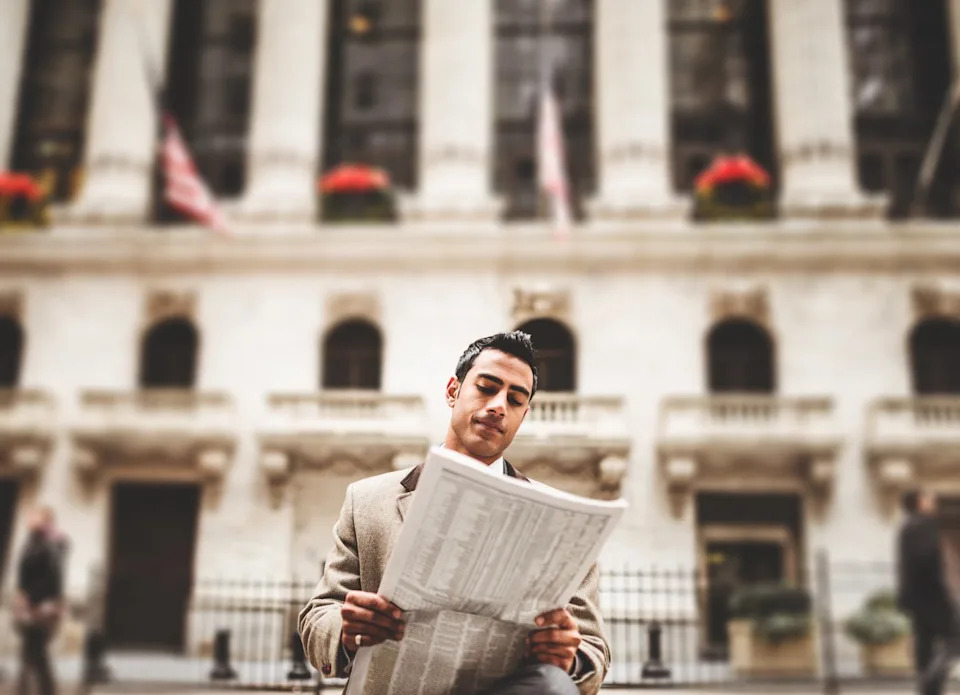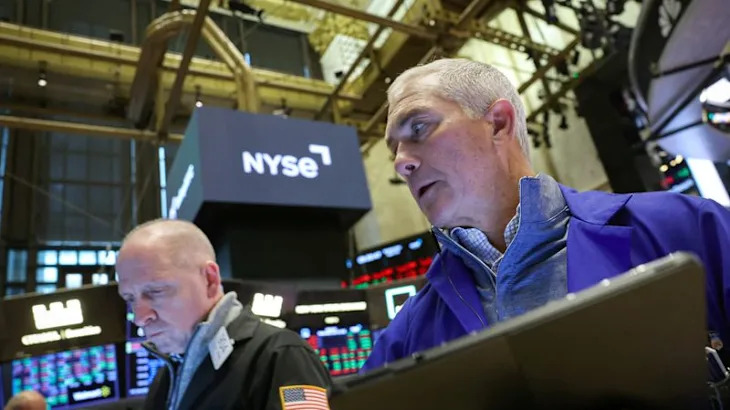Living in a high-tariff economy is making everyday goods and services more expensive, yes, but it’s also putting many Americans in tough spots. Many consumers are having to rethink their shopping, spending and budgeting habits.
Find Out: 8 Frugal Habits Americans Are Ridiculed for — and Why You Shouldn’t Care
Read Next: How Much Money Is Needed To Be Considered Middle Class in Every State?
Experts explained some of the tough money choices tariffs are forcing on Americans this year .
Cutting Back on Necessities
It’s one thing to cut back on leisure items or dining out, but tariffs are putting Americans, particularly low- and middle-income families, in a tough spot by making even their necessities, such as personal care and groceries, more expensive, according to David Navazio, CEO of Gentell.
“These are purchases that cannot be deferred so they have no choice but to pay whatever the cost is.”
More affluent families can absorb price increases more easily and defer purchases of nonessential items like cars, luxury goods and so on, he pointed out. But the rest of America is struggling.
Check Out: 8 Frugal Habits You Should Never Quit, According to Frugal Living Expert Austin Williams
Limiting Healthcare Usage
Since the U.S. government is the largest purchaser of drugs, medical and healthcare products through its insurance programs (Medicare and Medicaid), Americans are going to be making tough choices about their health, Navazio said.
“Price increases on these goods will ultimately be borne by taxpayers in the form of higher taxes.”
Whether this leads people to put off care or medications they need is yet to be seen but it doesn’t bode well for the cost of care.
Choosing Between Affordability and Quality
Perhaps the most typical economic trade-off as a result of tariff-induced inflation “is the compromise between affordability and quality,” according to William London, an international business lawyer and partner at Kimura London & White LLP.
“Most consumers have to opt for cheaper, lower-quality options or cut back on expenses entirely to fit their budgets,” he said.
The categories most affected by these inflated prices include electronics, appliances, construction materials and everyday household goods like food and clothing, he said.
People will have to turn to bulk purchases, generic store brands or secondhand markets to stretch their dollars.
Going Into Debt
Another unfortunate result of higher prices, London said, is a greater consumer usage of credit cards and personal loans, “which is risky financially in the long term.”
Consumers are cutting discretionary spending, such as dining out, entertainment and travel, but they may still have to go into debt to afford some of their essentials like housing, utilities and food.
Delayed or Reduced Contributions
Tariffs are also persuading individuals to delay making or reduce their payments toward retirement accounts , home down payments or schooling funds, London said.
He recommended that people “systematically prioritize basic needs first, eschew taking on high-interest debt whenever possible and have a modest level of long-term savings to safeguard future financial health.”
Unfortunately, one of the not often discussed impacts of tariffs is how they “gradually take away purchasing power over time,” he said. This can have a long-term ripple effect on households, forcing constraints on their financial mobility for years to come.
To Ship or Not To Ship
Tariffs don’t just affect products themselves, but the costs of shipping, thus who consumers are willing to buy from, according to Michael Podolsky, consumer advocate, CEO and co-founder of PissedConsumer.com, a consumer advocacy and review website.
Consumers are noticing the trickle-down impact of tariffs on the costs of their delivery services like UPS and FedEx. “Others are caught off guard by additional fees at the checkout with platforms like Amazon. Common consumer reactions include canceling orders, refusing deliveries or switching to different platforms,” Podolsky explained.
Facing Cash Gaps
These tariffs are placing an extra financial burden on consumers’ budgets, Podolsky said. “Middle- and low-income U.S. citizens living from paycheck to paycheck may be hit the hardest, often facing higher prices, late deliveries or out-of-stock items.”
This is especially challenging for families with tight budgets , as the tariff-related costs make affordable retailers less accessible to their incomes, forcing them to prioritize essentials over other purchases, he explained.
Redefining Affordability
Since even companies that once could boast the cheapest prices of all are hit with tariff-related price hikes, people are changing where and how they shop, and redefining who is “affordable.”
Podolsky said that consumer reviews highlight these frustrations as they can no longer shop at places where they “typically” spend money.
“Many consumers express a desire to cancel orders and stop shopping with retailers that apply tariff-related fees,” he said.
He recommended choosing retailers that clearly disclose their tariff-related policies to help avoid misunderstandings and unexpected charges.
“Additionally, consumers should review their spending habits by prioritizing needs over wants. Finding local alternative products may also help navigate rising prices,” he said.
In a high-tariff economy, every dollar counts.
More From GOBankingRates
Sources
This article originally appeared on GOBankingRates.com : 8 Tough Money Choices Tariffs Are Forcing on Americans in 2025





